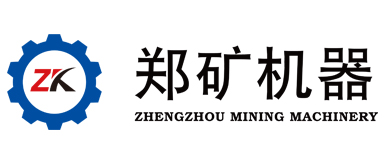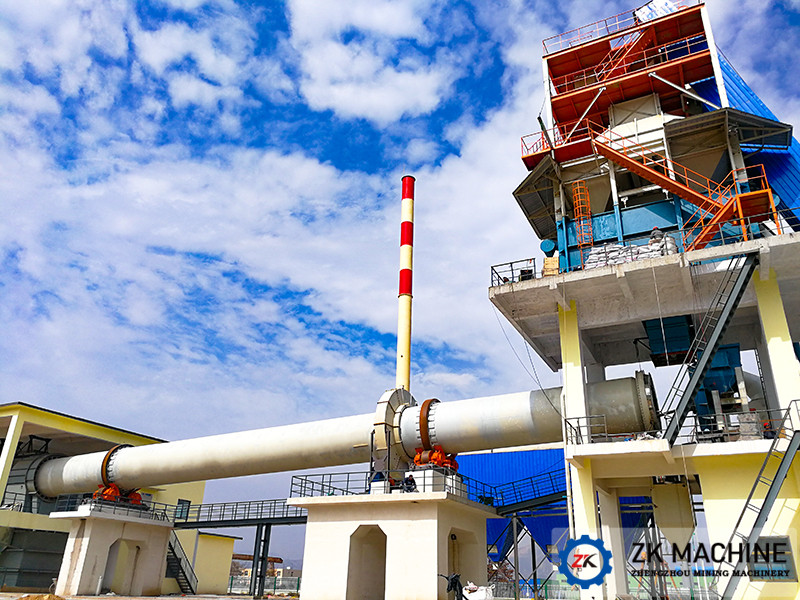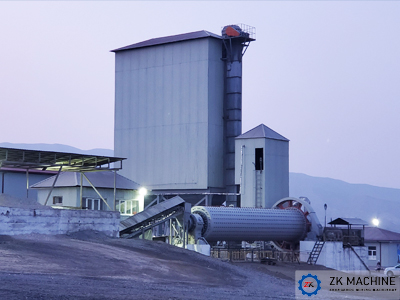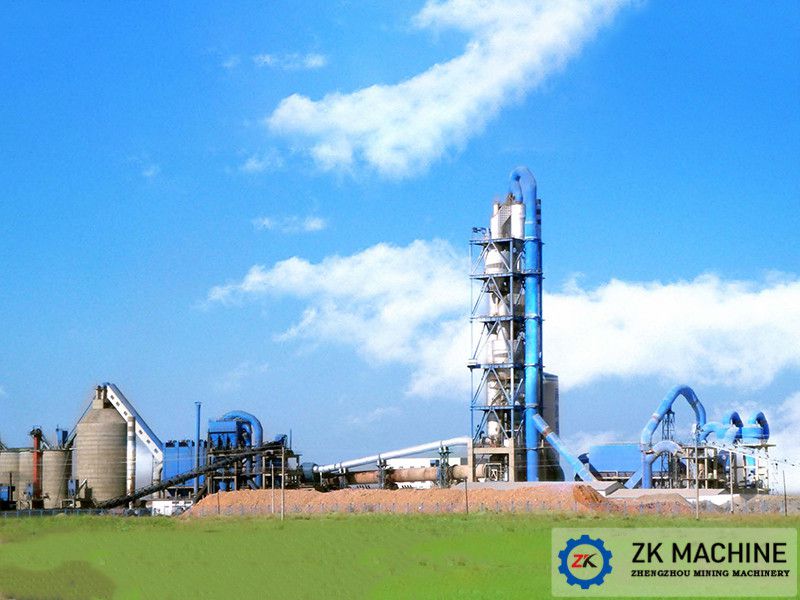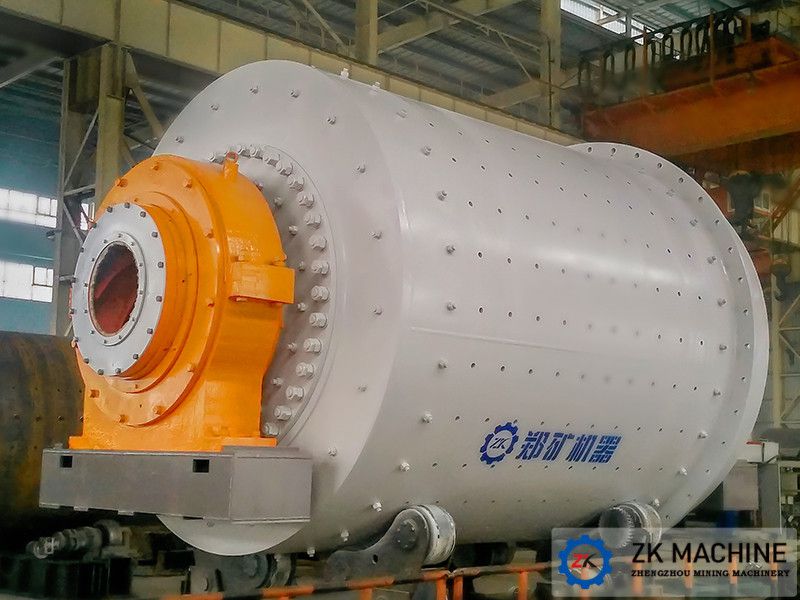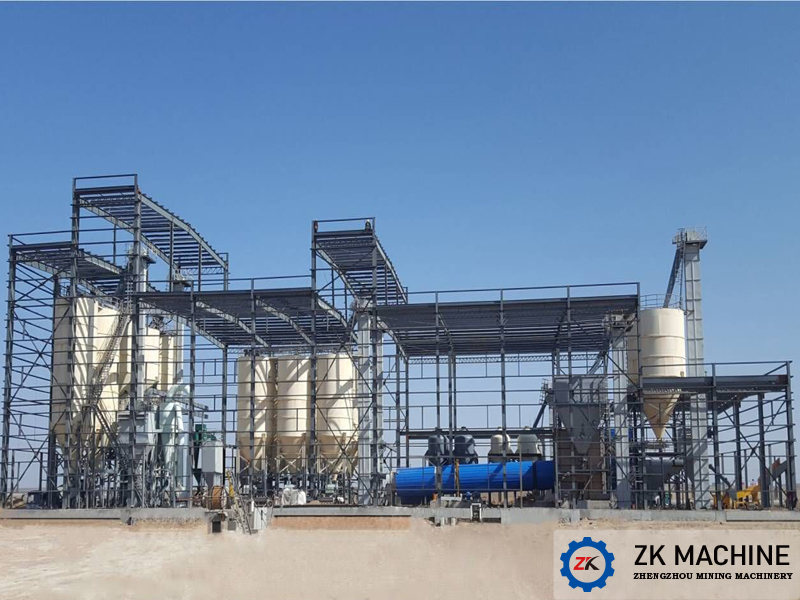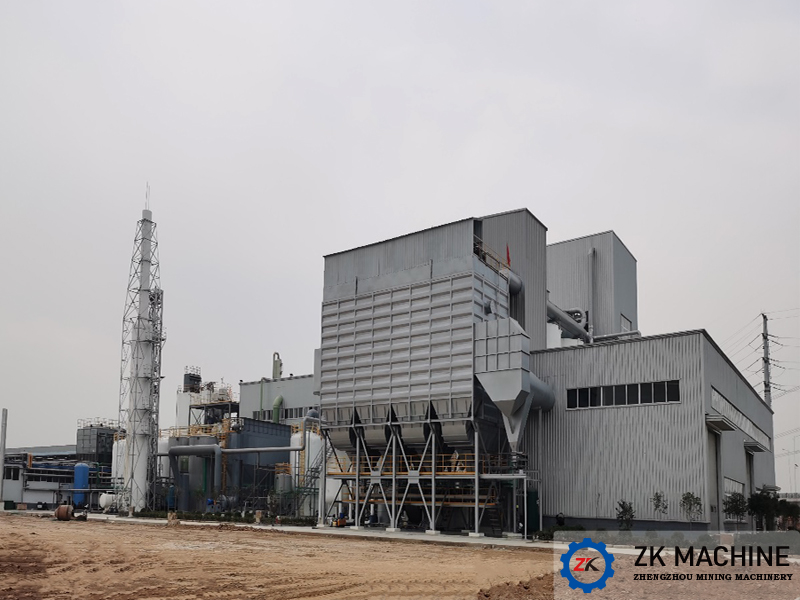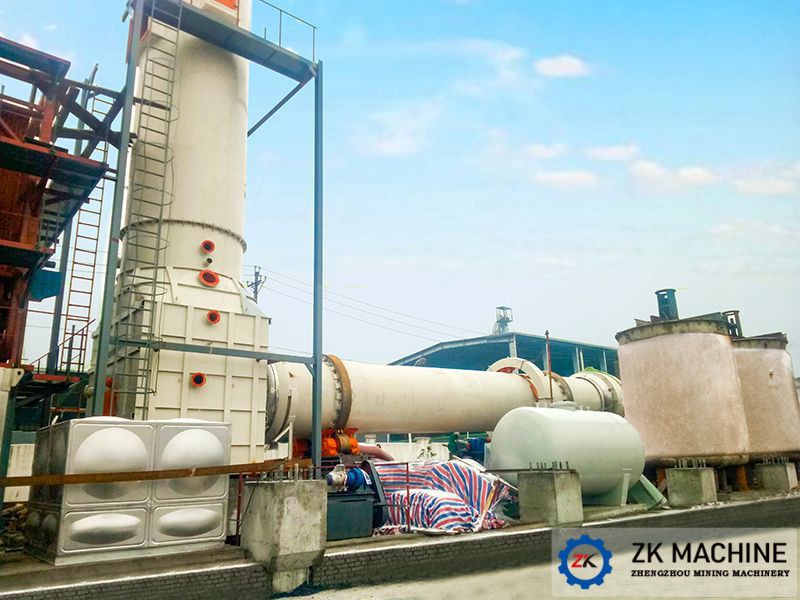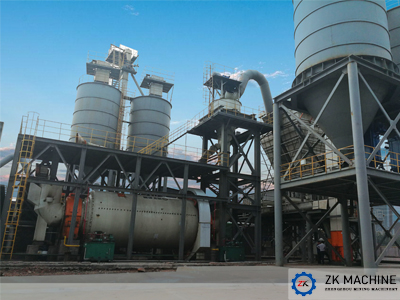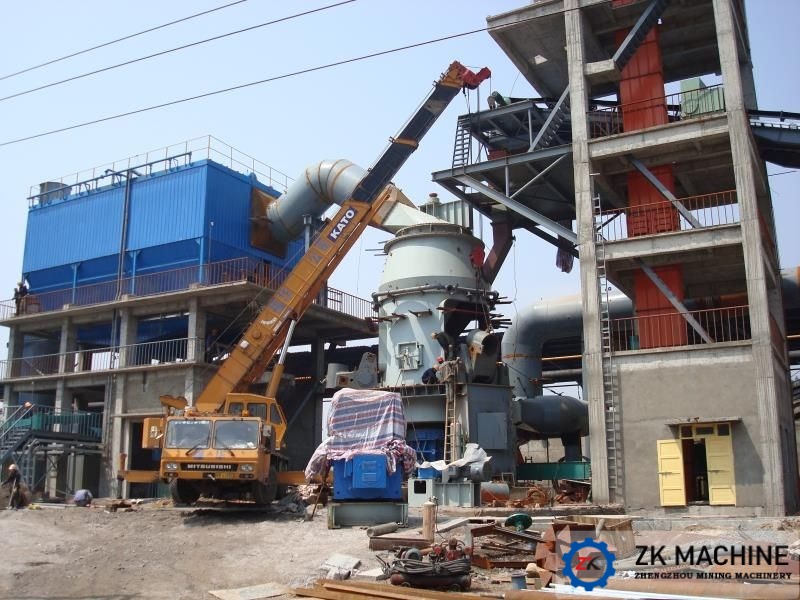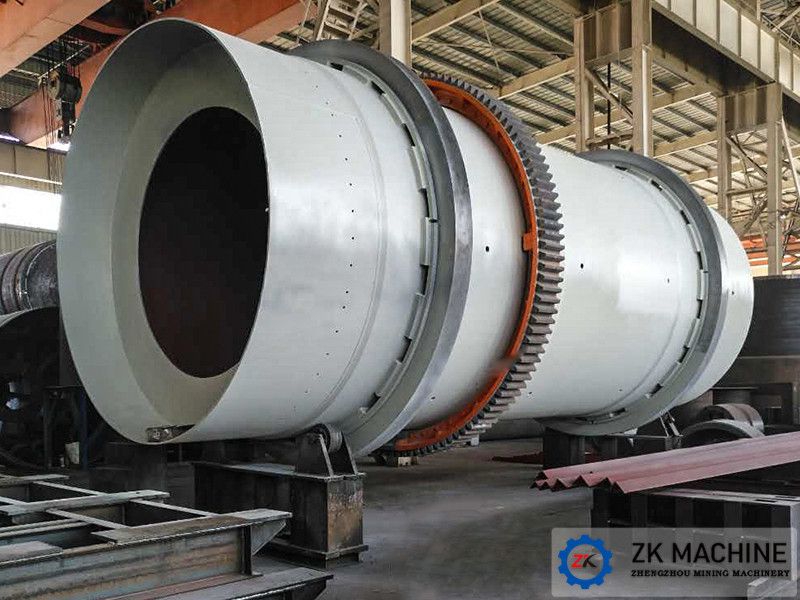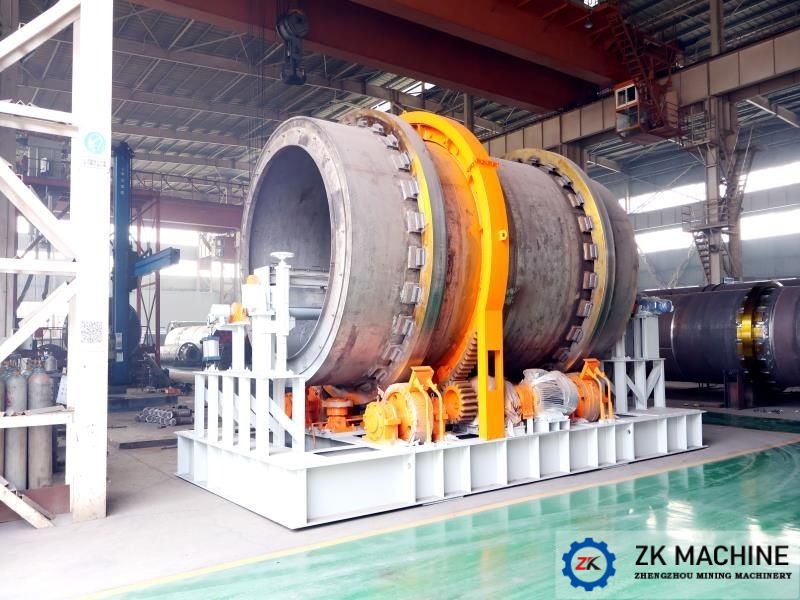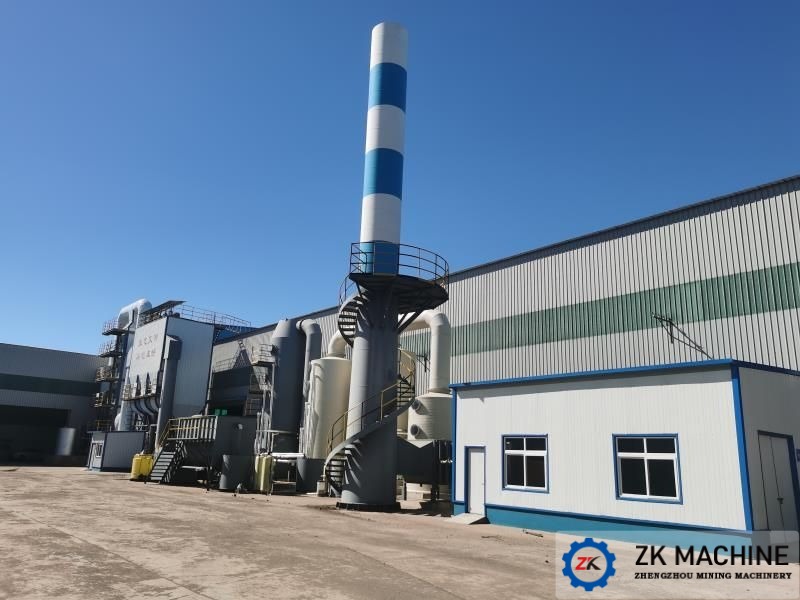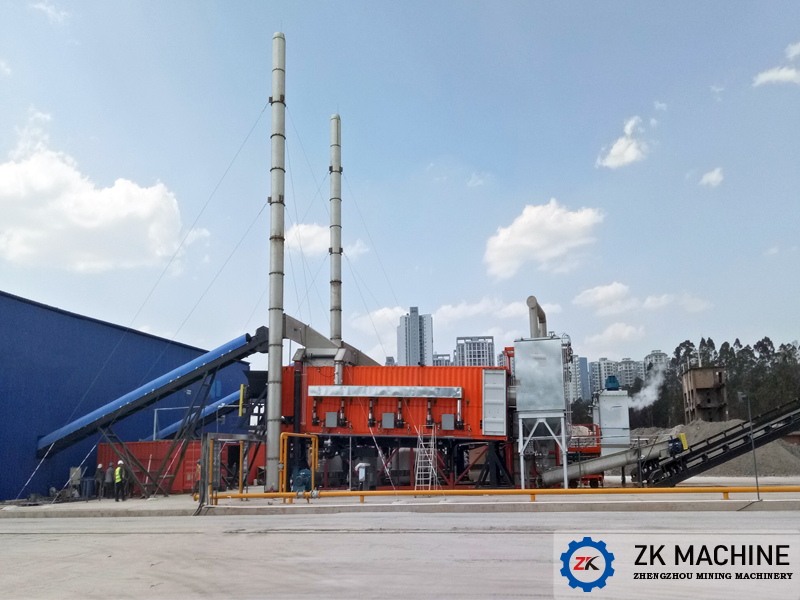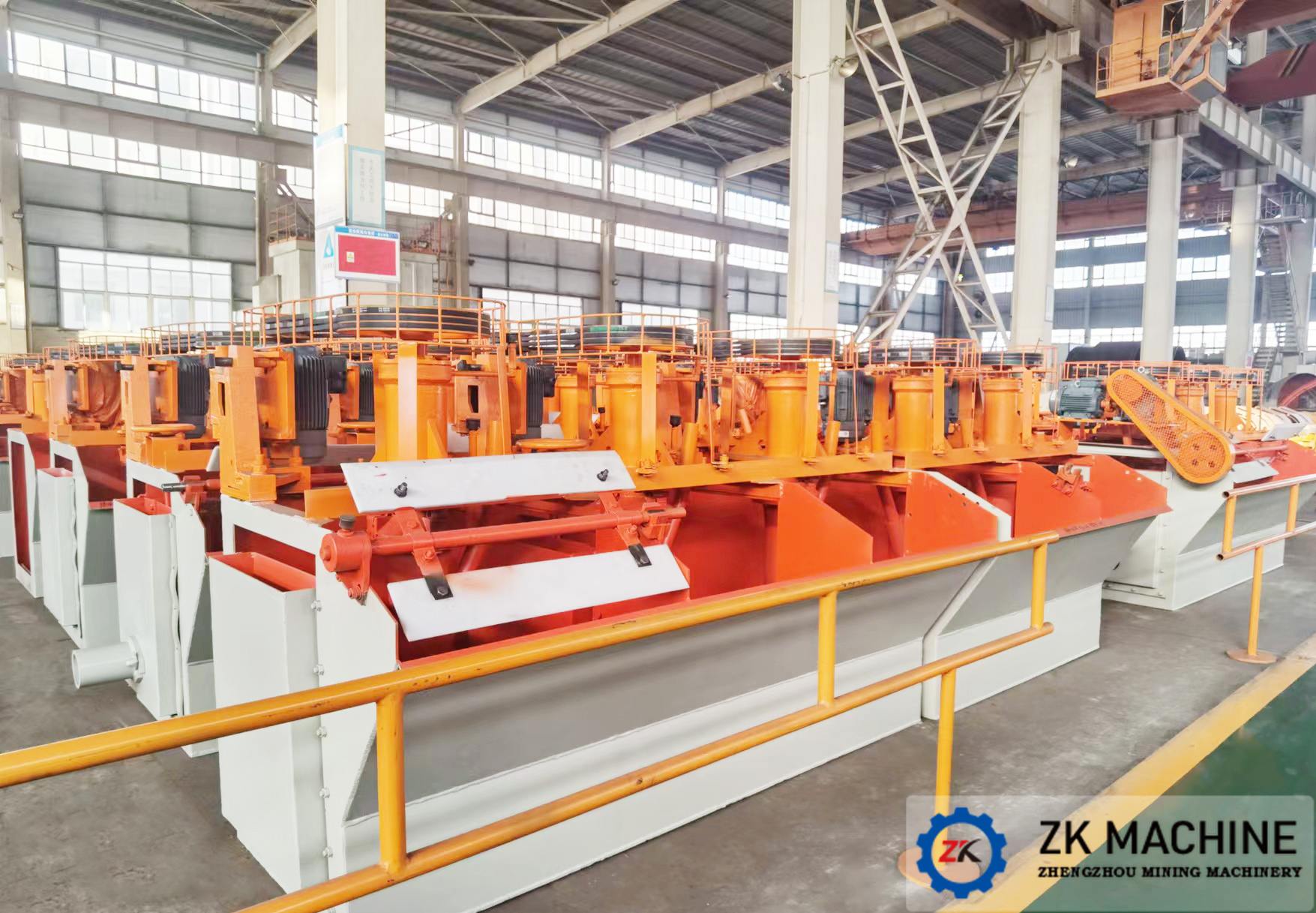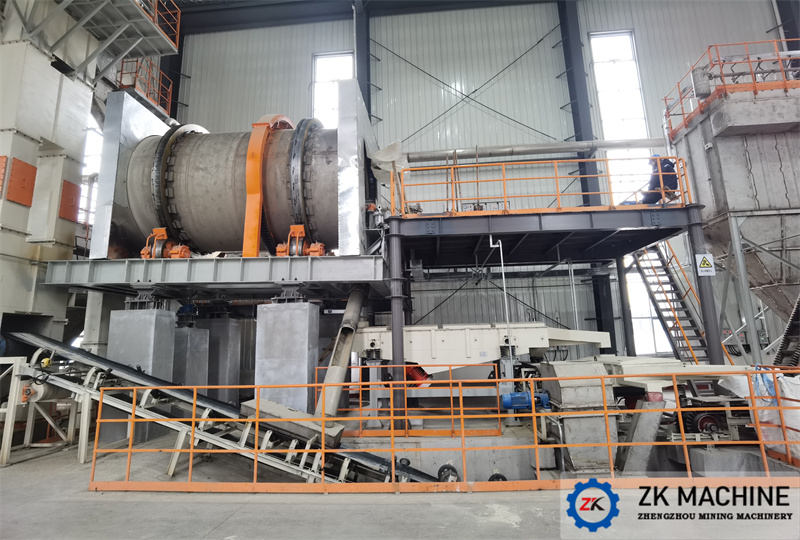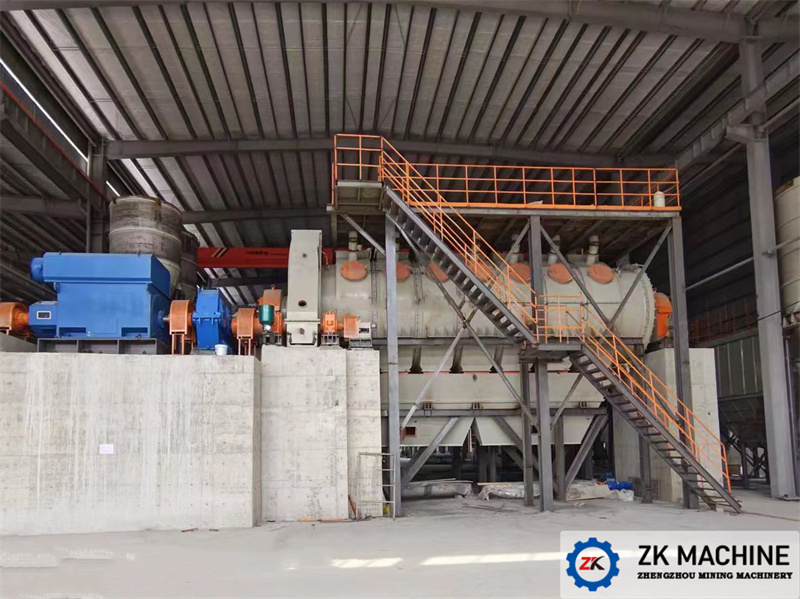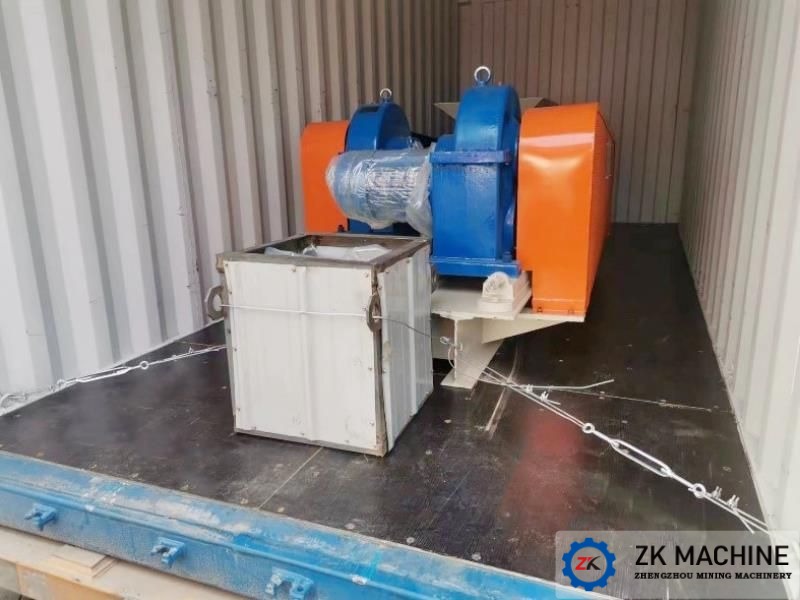Development & Economic Application of Rotary Kiln
Rotary kiln refers to a rotating calcining kiln (commonly known as a rotary kiln), which belongs to the category of building materials equipment. Rotary kilns can be divided into cement kilns, metallurgical chemical kilns and lime kilns according to different materials processed. Cement kilns are mainly used for calcining cement clinker and are divided into two categories: dry production cement kilns and wet production cement kilns. The metallurgical chemical kiln is mainly used in the metallurgical industry for the magnetization and roasting of lean iron ore in steel plants; the oxidation roasting of chromium and nickel iron ore; the roasting of high-alumina vanadium ore in refractory materials plants; the roasting of clinker and aluminum hydroxide in aluminum plants; the roasting of chromium ore in chemical plants. and chromium ore powder and other similar minerals. Lime kiln (i.e. active lime kiln) is used to bake activated lime and light-burned dolomite used in steel plants and ferroalloy plants.
Application Industries of Rotary Kiln:
Rotary kiln In many production industries such as building materials, metallurgy, chemical industry, and environmental protection, rotary cylinder equipment is widely used to mechanically, physically or chemically treat solid materials. This type of equipment is called a rotary kiln. The application of rotary kiln originated in cement production. In 1885, the British E Ransome invented the rotary kiln. After obtaining patents in the United Kingdom and the United States, he put it into production and quickly achieved considerable economic benefits. The invention of the rotary kiln led to the rapid development of the cement industry and also promoted people's research on the application of rotary kilns. Soon the rotary kiln was widely used in many industrial fields and became more and more important in these productions, becoming the core of the production of corresponding enterprises. equipment. Among the fields of application of rotary kilns, the largest number are found in the cement industry.
Function of Rotary Kiln
1. Its technical performance and operation conditions determine to a large extent the quality, output and cost of the company's products. The folk saying "As long as the big kiln rotates, there are thousands" is a vivid description of the importance of the rotary kiln in production.
2. In the building materials industry, in addition to calcining cement clinker, rotary kilns are also used to calcine clay, limestone and slag drying. In the production of refractory materials, rotary kilns are used to calcine raw materials to stabilize their dimensions and increase their strength. , and then processed into shape.
3. During the mineral processing process, a rotary kiln is used to magnetize and roast the lean iron ore, so that the original weak magnetism of the ore is changed into a strong magnetism to facilitate magnetic separation.
4. In the chemical industry, rotary kilns are used to produce soda, calcine phosphate fertilizer, barium sulfide, etc. In the 1960s, American LapPle and others invented a new process for producing phosphoric acid using a rotary kiln. This method has the advantages of low energy consumption, less electricity consumption, no need for sulfuric acid, and the ability to utilize medium and low-grade phosphate rock.
5. The entire cement production process can be summarized as "two grinding and one burning", in which "one burning" is the process of burning the raw materials prepared after grinding into clinker under the high temperature of the rotary kiln. Therefore, the rotary kiln is the main engine in cement production, commonly known as the "heart" of the cement factory.
6. In terms of environmental protection, developed countries in the world have used cement kilns to burn hazardous wastes and garbage for more than 20 years. This not only reduces the waste and makes it harmless, but also uses the waste as fuel, saves coal powder, and achieves Recycling of waste.
Classification
Classification of rotary kiln: According to the appearance, it is divided into variable diameter rotary kiln and straight diameter rotary kiln. According to the use, it can be divided into cement rotary kiln, ceramsite sand rotary kiln, kaolin rotary kiln, lime rotary kiln, etc., according to the energy supply effect Different types are divided into gas-fired rotary kiln, coal-fired rotary kiln and mixed-fuel rotary kiln.
1. Variable diameter rotary kiln
A rotary kiln with varying front and rear diameters. Generally, the diameter changes from front to back by about 30cm. Compared with the traditional diameter rotary kiln, it has the advantages of energy saving and high production. However, the processing of the variable diameter rotary kiln is difficult, and it is more difficult to process than the traditional diameter rotary kiln. The equipment requirements are more stringent.
2. Diameter rotary kiln
It is a rotary kiln with the same diameter at the front and back. Our common type of rotary kiln was invented by Dietz in Germany in 1883. After more than a hundred years of evolution, rotary kilns have become universal equipment. It has better results and higher output than traditional vertical kilns. The processing is simple, but it consumes more energy than the variable diameter rotary kiln.
Main Structure of Rotary Kiln
1. Kiln head part
The kiln head is the discharging part of the rotary kiln. Its diameter is larger than the diameter of the rotary kiln. It is sealed by stainless steel fish scales and the kiln body. The main components include an inspection port, a coal injection nozzle, a trolley, and an observation hole.
2. Kiln body part
It is the main body of the rotary kiln (rotary kiln), usually 30 to 150 meters long, cylindrical, with 3 to 5 rolling rings in the middle. The cylinder is mostly processed into 3 to 10 sections by the factory, and then welded after being transported by large trucks to the destination. The rolling ring part, also commonly known as the tire ring, is made of molten steel. The kiln body of the rolling ring part is slightly thicker than the other parts of the kiln body steel plate due to its load-bearing. The support tug is also a part of the kiln body and the rolling ring is connected to the foundation. It is the load-bearing pillar of the entire rotary kiln. Usually a set of rollers consists of two rollers and two gear wheels. During normal operation, the rotary kiln must be lined with refractory bricks.
3. kiln tail part
The kiln tail part is also an important part of the rotary kiln. The feed end is shaped like a rotary kiln cover and is mainly responsible for feeding and sealing.
4. Rotary kiln support frame
4.1 The support frame of the rotary kiln can make our rotary kiln equipment more solid, so that it will not shake when working and stabilize production;
4.2 The support frame of the rotary kiln is mainly to fix our rotary kiln equipment and prevent our rotary kiln equipment from deforming when it is used. Everyone knows that the rotary kiln equipment will be deformed if it is not operated properly, so it has such a role. ;
4.3 The rotary kiln bracket can facilitate the lifting and transportation of our rotary kiln equipment.
5. Preheating tower
Also called a preheater, it is a device that uses the waste heat of the exhaust gas discharged from the rotary kiln to preliminarily heat the materials before they enter the rotary kiln. Most of them are vertical structures. The principle is to pass the waste heat discharged from the end of the rotary kiln through a preheating tower filled with raw materials to achieve the raw material heating process. The addition of a preheating tower can effectively reduce energy consumption and improve the quality of finished products.
6. Cooler
On the contrary, the cooler and the preheater are devices that quickly cool down the materials in the rotary kiln after they are fired. They look like a small rotary kiln, except that the diameter is smaller and shorter. There is no need to lay refractory bricks, and the inside is replaced by a lifting plate. The main function is to quickly cool down the finished product.
